WESTLAND LYSANDER
V9312
Westland Lysander V9312 (G-CCOM) is the only British-built example of this distinctive warbird in airworthy condition, and one of just a pair still flying in the UK. The type was designed for the army cooperation role by ‘Teddy’ Petter who went on to design other iconic types such as the Canberra and Gnat. The high wings, large flaps and slats, and powerful 800hp Bristol Mercury engine all aided in giving the aircraft excellent short-field performance. Lysanders entered RAF service in mid-1938 and were used for jobs like artillery spotting and message dropping. With the outbreak of war, the roles of the type were expanded into light bombing and spotting. Unfortunately, the aircraft were vulnerable to German attack owing to their large size and slower speed – as such, Lysanders began to move into the air-sea rescue role instead, dropping dinghies and supplies to downed aircrew. The ‘Lizzie’ came into its own in August 1941 as part of the Special Operations Executive where black painted examples, with a ladder fitted to the port side, would drop off and pick up agents under the cover of darkness in France, using only the moonlight to navigate. This was a largely successful secret operation which lasted until the liberation of France in 1944, with the aircraft’s strong landing gear making field landings a non-event.
V9312 was built at the Westland factory at Yeovil in 1940 and was formally taken on charge in early 1941 at 33 Maintenance Unit at RAF Lyneham. It subsequently served with 225, 4 and 613 Squadrons – during this time it would have been fitted with the ‘stub wing’ bomb racks on the undercarriage spats allowing for the light attack role. In April 1942 the ‘Lizzie’ suffered damage to its wing in an incident. During the repair, it was decided to convert the aircraft into a ‘target tug’ Lysander for gunnery practice. Upon completion the Lysander was sent to Canada where it operated under the Commonwealth Air Training Plan - it flew for the last time in October 1944 and was formally struck off charge two years later. Upon retirement, the aircraft was sold to Harry Whereatt of Saskatchewan and then eventually to aircraft collector Kermit Weeks, who kept the aircraft stored until it was purchased by the Aircraft Restoration Company in 2003. The airframe was assessed and a full restoration to flying condition began soon after. The restoration was a lengthy 15-year process, with the aircraft’s complex wooden wings requiring complete rebuild among many other tasks. After 74 years silent, the Lysander fired into life once again late on 8th August 2018. Once the engine had been set up and final checks completed, the aircraft made its maiden flight some three weeks later in the hands of John Romain.
Upon successful completion of test flying the ‘Lizzie’ was delivered down to Goodwood to take pride of place in the 2018 Goodwood Revival ‘Freddie March Spirit of Aviation’ concours - where the aircraft was awarded second place – an achievement repeated in 2021. This Lysander presents an interesting contrast to other airworthy examples in her less familiar army co-operation camouflage colours. In recent years the aircraft has been further returned to stock configuration with the fitting of the ‘stub wing’ racks it would have worn in service, which have been complemented with the addition of some (wooden) dummy ordnance – all of which has had to be fabricated from scratch using drawings and photographs from the time. G-CCOM makes a fantastic addition to flying displays with her unique shape and sound, particularly as she represents such a rare type. The aircraft is also on the fleet of Aerial Collective, the Aircraft Restoration Company’s in-house warbird flight provider, where on selected days passengers can fly in the Lysander for themselves and experience the incredible field of view to be had from its rear cockpit. Lysanders operated from airfields like RAF Tempsford and RAF Newmarket, so for this Lysander to be based between the two provides a range of historical sites to be seen from the air.





